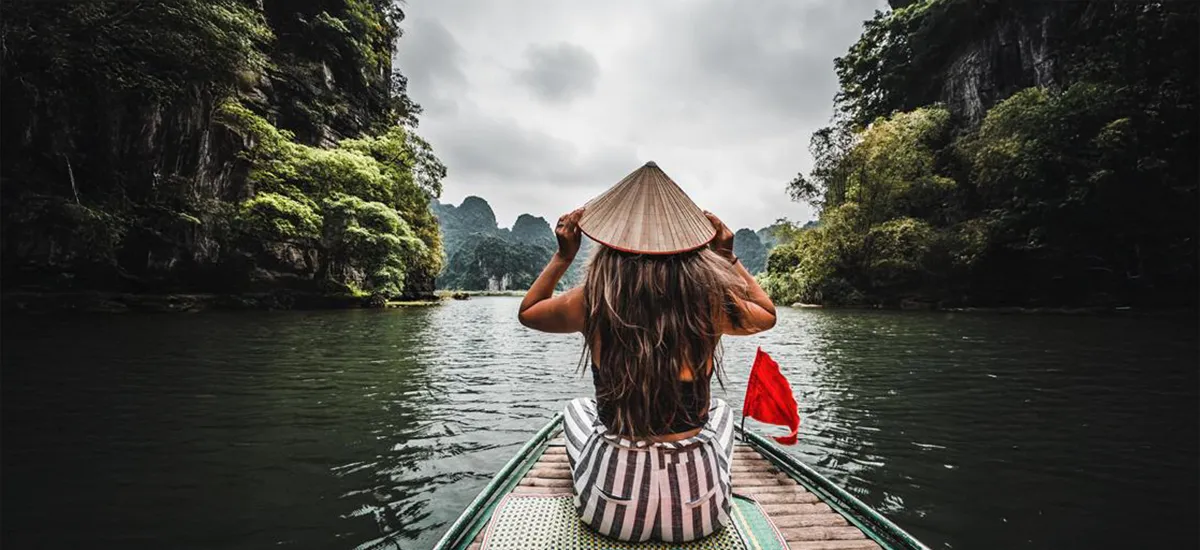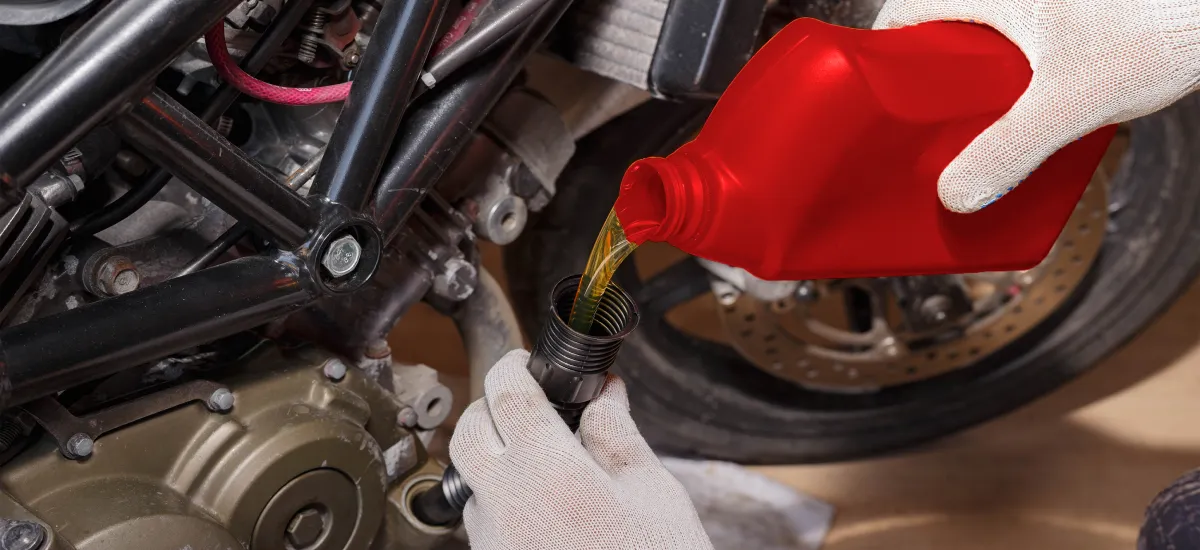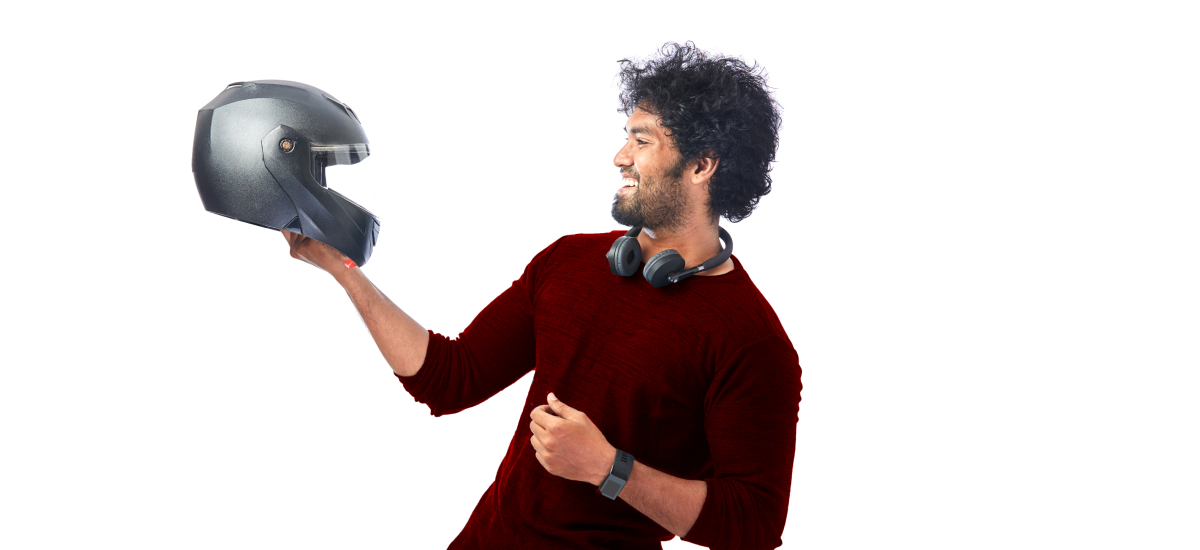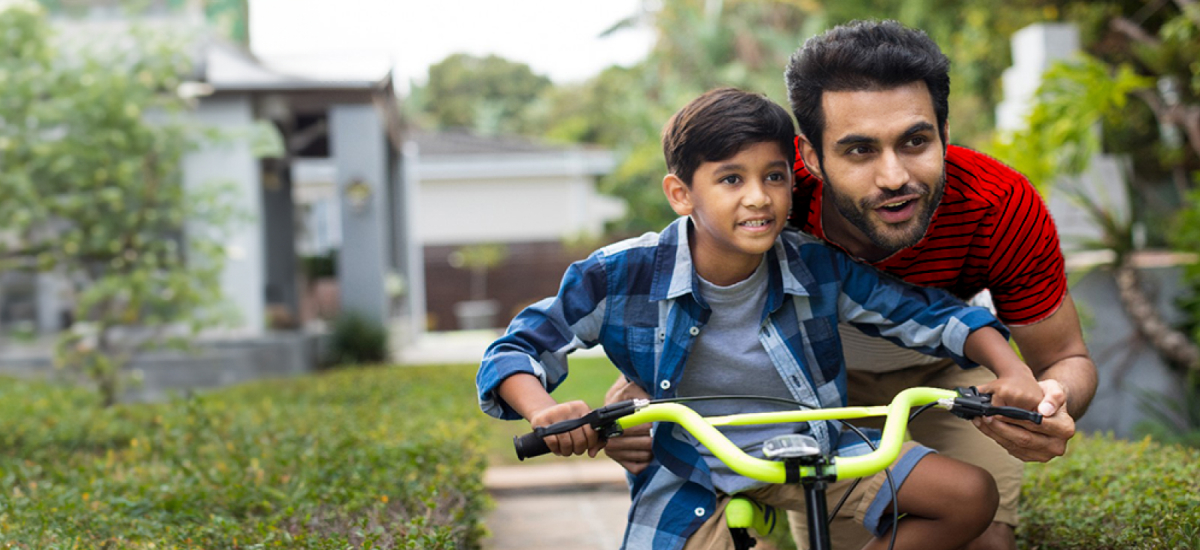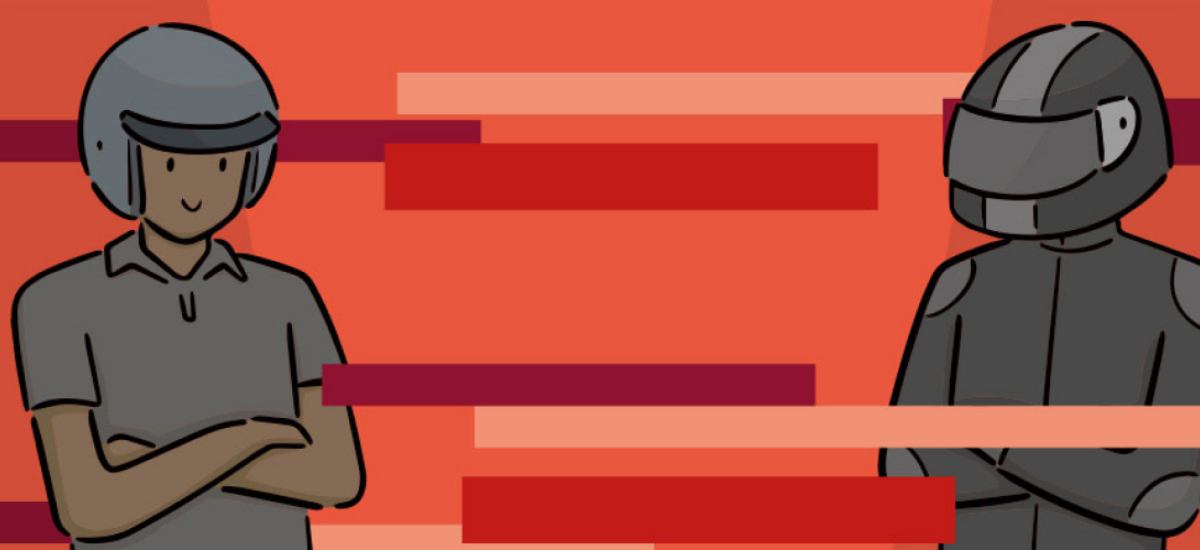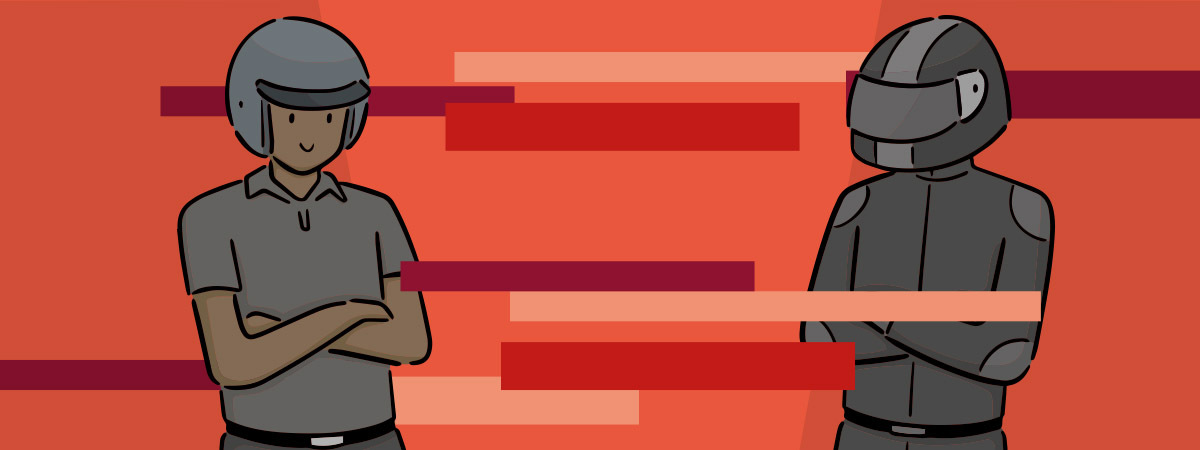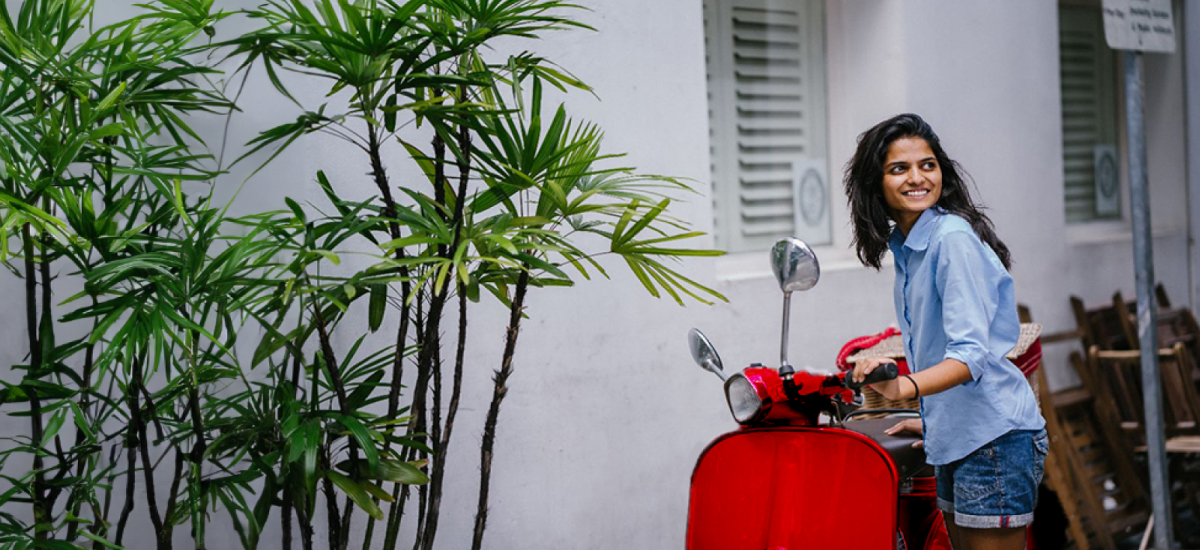Did you know? Vietnam welcomed over 17.4 million international tourists in 2024, a staggering jump from 12.6 million in 2023, reclaiming 98% of pre-pandemic revenue.
From emerald-green rice terraces in Sapa to the limestone karsts of Ha Long Bay, Vietnam offers a medley of natural beauty, bustling cities, rich history, and irresistible cuisine. Whether you're chasing adventure, relaxation, or culture, this Vietnam travel guide covers all the essentials for an unforgettable trip. And before you pack your bags, don't forget to secure international travel insurancev—it's a smart way to ensure peace of mind as you explore all that Vietnam has to offer.
Vietnam places to visit: A curated list
Each destination in Vietnam has its own charm. Here are must-see highlights to include in your itinerary when looking for things to do in Vietnam.
1. Hanoi – The Timeless Capital
The capital city is a delightful chaos. Hanoi’s Old Quarter, with its narrow alleyways and French colonial buildings, feels like stepping into a different era. Don’t miss Hoan Kiem Lake, the Temple of Literature, and a steaming bowl of Pho on the sidewalk.
2. Ha Long Bay – Nature’s Masterpiece
A UNESCO World Heritage Site, Ha Long Bay boasts over 1,600 limestone islands rising dramatically from emerald waters. Take a traditional junk boat cruise, kayak through hidden caves, or simply soak in the surreal views.
3. Sapa – Mountains & Culture
Tucked away in the north, Sapa offers terraced rice fields, misty peaks, and a chance to trek through ethnic minority villages like the Hmong and Dao. The views from Fansipan, the highest mountain in Indochina, are nothing short of majestic.
4. Hue – The Imperial City
Once the seat of the Nguyen Dynasty, Hue is steeped in royal history. Walk through the moated Imperial Citadel, visit ancient tombs, and take a serene boat ride on the Perfume River.
5. Hoi An – The Lantern-Lit Town
One of the most picturesque Vietnam places to visit. Known for its lantern festivals, preserved architecture, tailor shops, and riverside cafés. This charming riverside town is a picture postcard come to life. With preserved architecture, tailor shops, and a magical Lantern Festival every full moon, Hoi An is Vietnam’s cultural jewel.
6. Da Nang – Beach Meets Modernity
Located between Hoi An and Hue, Da Nang is known for its clean beaches, buzzing nightlife and the famous Golden Bridge held up by giant stone hands in the Ba Na Hills.
7. Nha Trang – For the Sea Lovers
With turquoise waters, coral reefs, and luxury resorts, Nha Trang is perfect for water sports and relaxation. Don’t forget a dip in the mud baths while you’re here.
8. Ho Chi Minh City – The Southern Pulse
Formerly Saigon, Ho Chi Minh City is Vietnam’s commercial heart. The French colonial architecture, Cu Chi Tunnels, war museums, and street food scene make it an unmissable experience.
9. Mekong Delta – Life on Water
This southern region is a watery labyrinth of rivers, floating markets, stilt houses, and lush paddy fields. A boat tour through the Cai Rang Floating Market offers a unique glimpse into local life.
10. Phu Quoc – Island Bliss
Looking for a beach escape? Phu Quoc Island, off the Cambodian coast, is all about white sands, coral reefs, and jungle trekking. It’s also known for producing some of Vietnam’s best fish sauce and pepper.
Best time to visit Vietnam
Vietnam’s weather is as diverse as its topography. The country stretches over 1,600 km from north to south. So, the best time to visit Vietnam depends on where you’re headed.
· North Vietnam (Hanoi, Sapa, Ha Long Bay):
October to April is the sweet spot. Expect cool breezes and clear skies. Avoid May to September, which brings heavy rainfall and occasional typhoons.
· Central Vietnam (Hue, Da Nang, Hoi An):
February to August offers warm, dry weather—perfect for beach lovers. September to November can bring sporadic floods.
· South Vietnam (Ho Chi Minh City, Mekong Delta):
December to April is sunny and dry, ideal for exploring the floating markets and colonial boulevards. The monsoon kicks in from May to November.
Pro Tip: Planning around Tet (Vietnamese Lunar New Year, usually in January or February) can be tricky. While festive, it’s also a time when transport is packed and some services are shut down.
Secure your travel with insurance
Exploring Vietnam is an adventure—but even the best plans can hit unexpected bumps. Flight delays, lost baggage, medical emergencies, or accidents during trekking or biking can turn a dream vacation into a financial setback. That’s where travel insurance steps in.
With Generali Central Travel Insurance, you get:
· 24/7 international assistance
· Medical expense coverage, including hospitalisation abroad
· Trip cancellation or interruption support
· Coverage for loss of passport, baggage or documents
Whether you're ziplining in Da Nang or sailing in Ha Long Bay, travel with peace of mind knowing you're protected against the unexpected.
To sum up
Vietnam is a tapestry of contrasts—ancient and modern, tranquil and bustling, rugged and refined. It’s a place that doesn’t just welcome travellers; it stays with them long after the journey ends.
So, plan that itinerary, pack light, eat local, and explore with an open heart. But before you take off, secure your adventure with Generali Central Travel Insurance—because smart travel is safe travel.
FAQs
Q1. Is Vietnam safe for solo travellers?
Yes, Vietnam is generally safe, even for solo women travellers. Exercise the usual caution, especially at night and in remote areas.
Q2. Do I need a visa to visit Vietnam?
Indian citizens need a visa to enter Vietnam. You can apply online for an e-visa, which is quick and convenient.
Q3. Can I use Indian currency in Vietnam?
No, the official currency is the Vietnamese Dong (VND). It’s advisable to exchange money at authorised counters or withdraw from ATMs.
Q4. What should I pack for a Vietnam trip?
Light cotton clothes, comfortable footwear, sunscreen, a raincoat (for monsoon), and any personal medication. Don’t forget your travel insurance documents.
Q5. Is English widely spoken in Vietnam?
In tourist areas, yes. In rural or remote towns, not so much. Basic Vietnamese phrases or a translation app can be very helpful.










